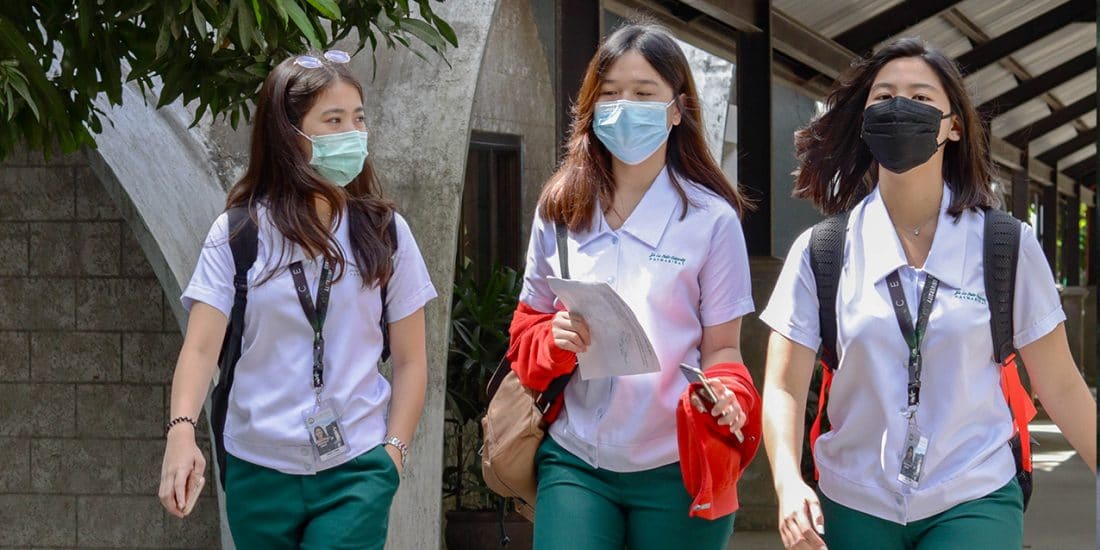The danger of an ‘asymptomatic’ novel coronavirus in the Philippines
As if there wasn’t enough going on in the first month of 2020, the emergence of the novel coronavirus acute respiratory disease (2019-nCov ARD) outbreak poses a threat to public health. The World Health Organization (WHO) declared the outbreak as a public health emergency of international concern, with people in at least 18 countries with the virus, including the Philippines confirming the first case of the virus last January 30, and first death on February 2.
Now that our country has declared cases of infection from the virus, how does our healthcare system stand in this threat to public health?
The first case of the virus in the country
The first case of the 2019-nCoV in the country is among the 31 people monitored by the Department of Health (DOH), a 38-year-old woman who arrived to the Philippines via Hong Kong last January 21 from Wuhan, China where the virus outbreak began. According to a statement released by DOH, the woman consulted with a doctor after experiencing mild cough. The samples of the patient was sent to the Victoria Infectious Disease Reference Laboratory in Melbourne, Australia to be tested, which was confirmed to be positive for the virus this Thursday.
The patient is currently asymptomatic, showing no symptoms of the disease. The patient never had any fever and has passed through the thermal scanning of the Bureau of Quarantine undetected, which poses a concern that the virus may not be easily detected by the methods we utilize in trying to contain it.
A part of the problem in detecting a possible case of the virus is its inconsistent manifestations in different cases that are confirmed. The virus may manifest differently through symptoms associated with the flu, such as coughs and sneezes which makes it contagious, and it may spread even before the symptoms become visible. The difficulty in detecting the virus raises the question about the readiness of the country’s healthcare system is ready combating the spread of the virus.
The potential danger
Another case of asymptomatic infection of the virus is the case of a 10-year-old boy diagnosed with the virus in Shenzhen, China. The case, which was published in the Lancet medical journal last January 24, was the first to demonstrate person-to-person and health-care associated spread of the virus.
The boy was part of a family who traveled to China over the New Year and while the rest of his family fell ill, he appeared to be healthy. The boy was only diagnosed after his parents insisted that he should be tested as well. The doctors described that he “was shedding virus without symptoms.” The boy tested positive for the virus, and is capable of transmitting the virus even though the tests used in airport screening have not detected him as a carrier.
Described as “walking pneumonia,” such asymptomatic cases hypothesize a possible cause of how the outbreak propagates at an alarming speed through undetected cases of potential carriers showing no symptoms. The asymptomatic virus puts us at a disadvantage as a third-world country because with our everyday conditions, such as the challenge of treading through crowded public places, it will be difficult for us to even attempt to combat the outbreak of the virus.
This outbreak highlights the problems of our healthcare system. Precautions from the Department of Health (DOH) about staying healthy, such as avoiding public places, access to healthy lifestyle and sanitation are not applicable to people in different walks of life. Not everyone has access to quality healthcare, which is a problem that we are already facing even before the virus entered our borders. Now that our country has confirmed a case of the virus, it poses a question on how we could possibly face the outbreak amid the existing problems revolving around public health.
***
The outbreak of the virus not only shows a threat to public health because of problems in our healthcare system. It also shows how a health crisis such as the virus outbreak reaching our country could affect us socioeconomically, with access to quality healthcare being tied with financial capability. Addressing the discrepancies in access to quality healthcare could be the crucial first step in strengthening the healthcare system that we have.





